

Mammal Body Parts That Look Stolen From Birds and Reptiles
source link: https://gizmodo.com/6-mammal-body-parts-that-look-like-they-were-stolen-fro-1846800976/slides/8
Go to the source link to view the article. You can view the picture content, updated content and better typesetting reading experience. If the link is broken, please click the button below to view the snapshot at that time.

6 Mammal Body Parts That Look Like They Were Stolen From Other Animals
6 Mammal Body Parts That Look Like They Were Stolen From Other Animals
In the churn of natural selection, some mammals ended up with appendages that look like they should be found on a reptile, bird, or insect.
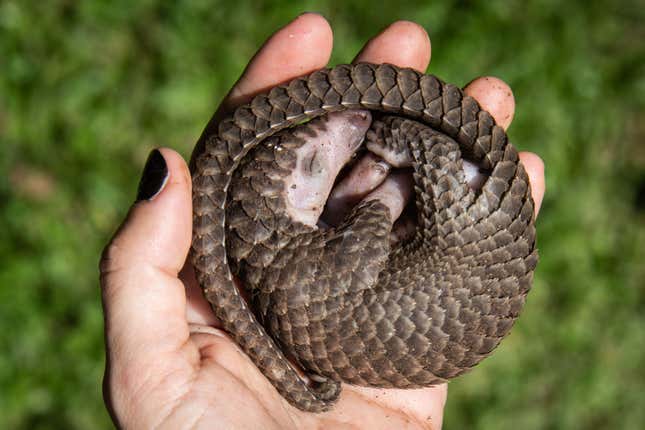
Mammals have a pretty basic blueprint. Among other things, we give birth to live young, we’re warm-blooded, and, perhaps most obviously, we all have hair. (Yes, even dolphins.) But in the churn of natural selection, some mammals ended up with appendages that look like they should be found on a reptile, bird, or insect. That’s convergent evolution for you: Why should reptiles be the only ones to enjoy the protection of scales, or birds the benefits of webbed feet? This list is comprised of mammals who have clearly been taking pages from other playbooks.
This story was originally published on May 7, 2021.
Pangolin Scales

Perhaps you guessed the owner of these scales from their making headlines last year, but if not, meet the pangolin. These Southeast Asian mammals are notoriously adorable—they look a bit like a small anteater made itself armor out of an artichoke. The eight species of the animal are bipedal and hounded for their scales and meat, which are hot-ticket items in the illicit wildlife trade. Pangolins are the only mammals totally covered in scales, which they use for protection from predators in the wild. Pity that those iconic scales can’t protect them humanity.
Mandrill Snout

The blues and reds spanning the mandrill’s face are colors usually reserved for birds, reptiles, and insects. The mandrill’s snout, most vivid on males, is used for expressing dominance and attracting mates. The colors here don’t come from pigments, as mammals’ only natural pigments are melanins, which produce yellow-reds to dark browns. Researchers have suggested the coloration may be due to the way proteins in the monkey’s face reflect light, a phenomenon known as structural color.
Platypus Bill
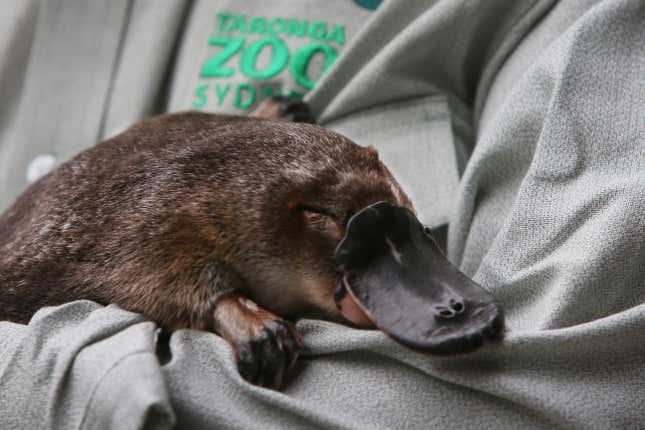
Sheathed in a thin layer of skin, the platypus bill is classic case of convergent evolution, in which unrelated species (in this case, platypuses and ducks) develop the same adaptation independently. Complete with watertight nostrils, which allow the wriggly little monotreme to stay underwater for minutes at a time, and receptor cells that allow the animal to detect electric fields made by the movement of prey, the duck-bill of the platypus is an impressive bit of technology. Instead of teeth, the platypus bill has ridges on the inside that allow it to break down food, a trait also seen in platypus fossil ancestors.
Platypus Webbed Feet
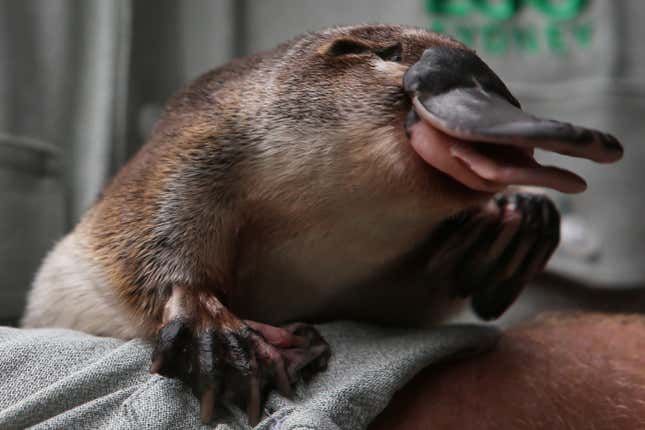
Of course we couldn’t just include one platypus mention—there are simply too many weird bits to this egg-laying mammal. Perhaps not as flashy as the animal’s poisonous spurs or milk sweat (yes, you read that correctly), the animal’s feet are webbed. The webbing helps the platypus propel itself through water with precision and speed. When fanned out, platypus feet almost resemble mottled-black gingko leaves, with rice-grain like claws withdrawn from the fleshier, finlike tips of the feet. Though the platypus doesn’t live in the water, it spends enough time there to have such full-time adaptations, literally at its fingertips.
Narwhal Tooth

Some whales are baleen whales and others are toothed whales. And then you have the narwhal, which falls in the latter group but really is famous for just one of those teeth. The spiraled narwhal tusk, clearly stolen from a unicorn, is a 10-foot tooth the animal uses to hunt. The narwhal’s body is a little under 20 feet, so in human terms, it’s like a 6-foot man having a 2-foot canine. It’s more evidence—as if we needed any—that nature is the best inventor there is.
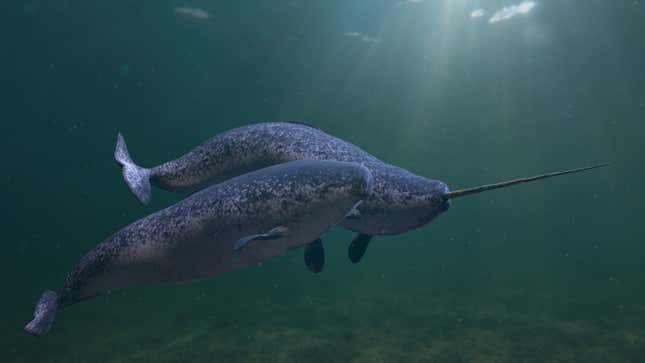
Mole Face

How swiftly nature flips from serene beauty to... this. The star-nosed mole, which looks like it has a sea urchin stuck to its face, is practically blind, so it uses those protrusions around its nostrils to feel its way through soil. The tentacles are covered in tens of thousands of receptors, making this nose an exceptionally sensitive navigation organ. The mole also blows bubbles out of its nose to smell underwater, which, wow.
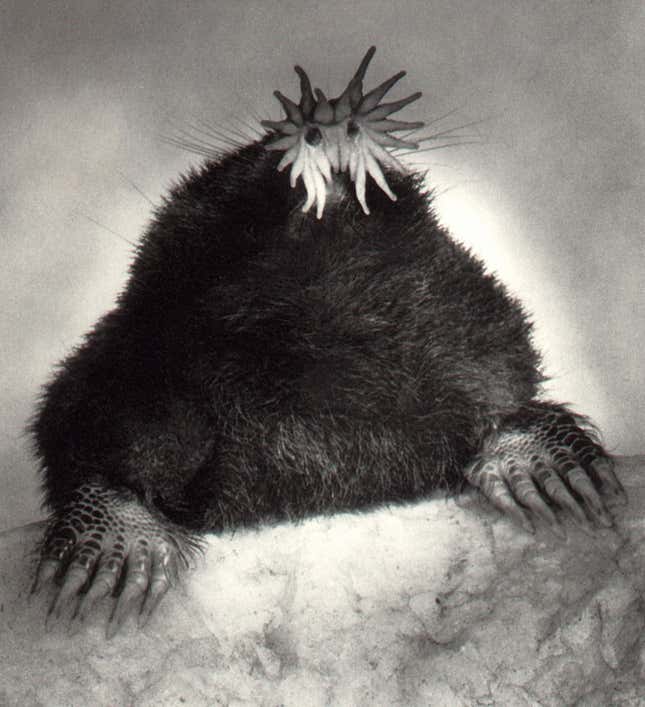
Recommend
-
 31
31
Back to Data main Mammals Inferring the mammal tree: species-level sets of phylogenies for questions in ecology, evolution, and conservation...
-
 9
9
新浪VR > 正文页 VR动画《Paper Birds》正式上线Oculus Quest平台...
-
 5
5
Jan 26, 2019 · John Alcher archived, laravel, database Database Design: Hitting Two Birds with One Stone by using Timestamps This is an archived post from my previous blog. Some content may be outdate...
-
 6
6
Central Birds of a Feature Thursday, November 20, 2003 Just a quick reminder, we will be having a Central Birds of a feature tonight at the MAX conference, at 6pm, in Room 151 A. It is basically an open discussion / Q a...
-
 5
5
Which parts of the body are most sensitive to heat? Your elbows and feet are more sensitive to heat than many other parts of the body. This is also why mothers sometime test the bathwater for babies to make sure it isn’t too hot by...
-
 1
1
Generate colorful and temporarily identifiable SVGs with unique urls.reptiles.devGenerate colorful and temporarily identifiable SVGs with unique urls.Including the identifier of the image in a lin...
-
 7
7
May 26, 2022 ...
-
 3
3
Home ...
-
 3
3
Scientists Sequenced DNA of Nearly Every Mammal on Earth in Unprecedented ProjectThe most ambitious genetics project to date dives into the genes of nearly every living mammal, including humans, for insight into lif...
-
 8
8
Why Are Marine Mammals Losing Their Hair? Spikes in alopecia puzzle scientists—and may be a symptom of ecological disruption. ...
About Joyk
Aggregate valuable and interesting links.
Joyk means Joy of geeK